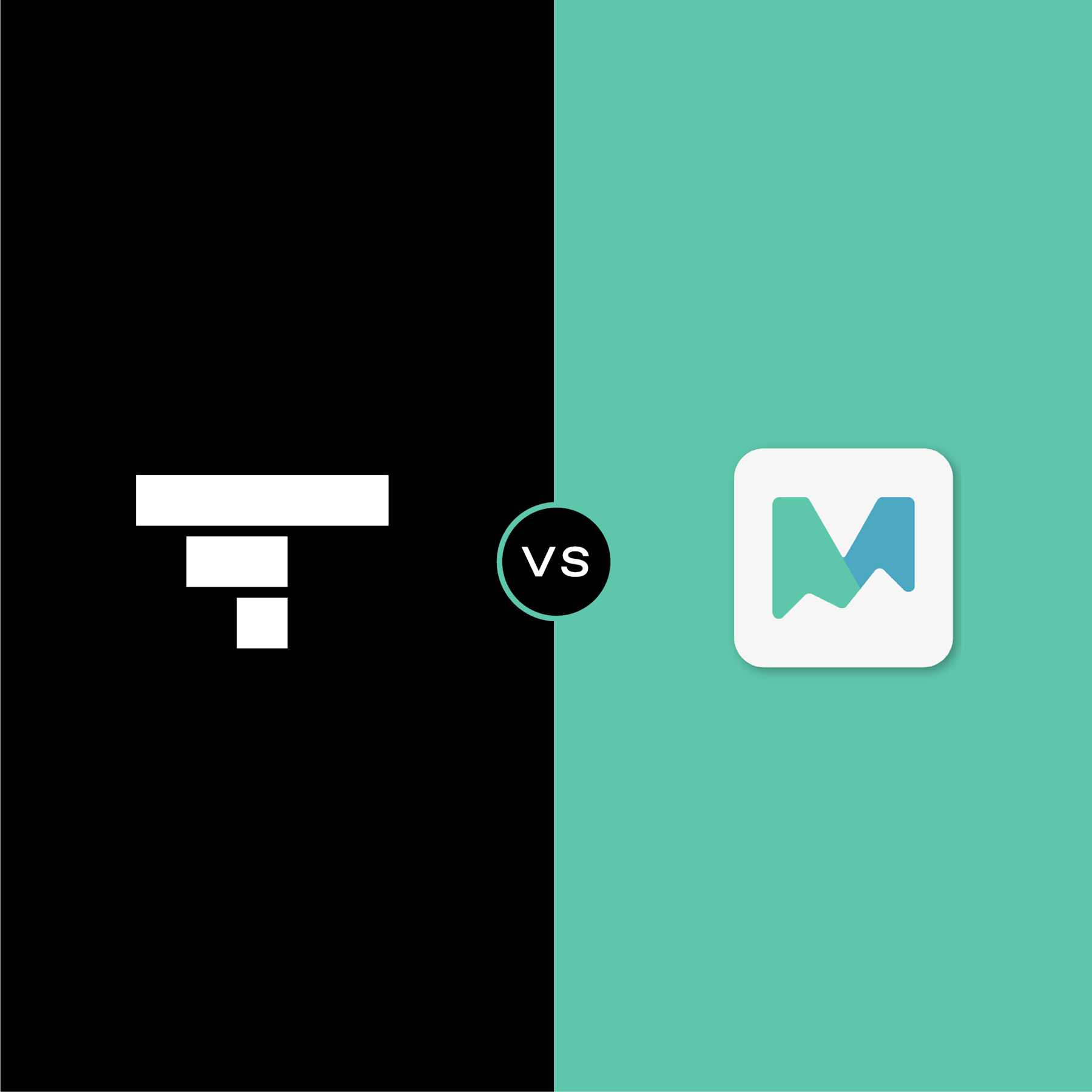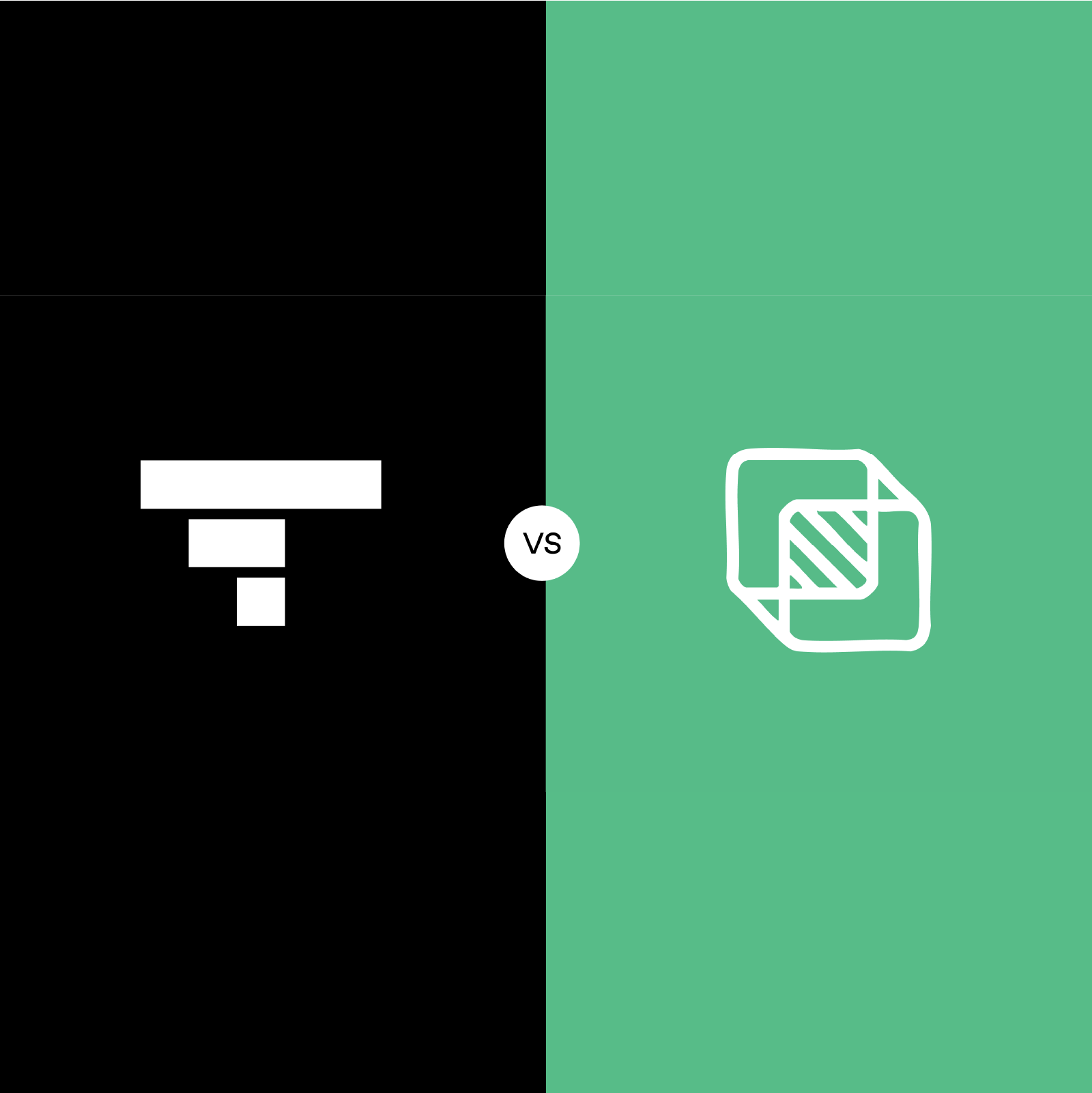
Tatari vs. The Trade Desk: Which Platform Delivers Better TV Buying and Measurement Across Linear, CTV, and OLV in 2025
Introduction: Why This Comparison Matters
Marketers in 2025 are demanding more from their TV advertising platforms - not just reach, but transparency, accountability, and measurable performance across linear, connected TV (CTV), and online video (OLV).
Two major players often come up in conversations: Tatari and The Trade Desk (TTD). Both offer data-driven media buying, but their foundations couldn’t be more different.
The Trade Desk is a DSP that was built for programmatic digital media across all formats.
Tatari’s platform was built specifically for TV and video advertising, giving brands direct access to premium inventory, transparent pricing, and TV-specific measurement models like incrementality and modeled ROAS.
This guide breaks down Tatari vs. The Trade Desk across the metrics that matter most to modern advertisers: channels supported, inventory access, measurement accuracy, transparency, ease of use, and cost efficiency.
Platform Overviews
Tatari: Transparent TV Buying and Measurement Across Linear, CTV, and OLV
Tatari enables advertisers to plan, buy, and measure campaigns across linear TV, streaming (CTV), and online video (OLV), all from a single platform.
Key highlights:
Unified platform for linear, streaming, and OLV buying and measurement
Combines direct publisher access with programmatic efficiency for transparent pricing and full cost visibility
Advanced measurement models including incrementality testing, modeled ROAS, and Tatari view-through attribution
Vault clean room for privacy-first, server-to-server attribution
AI-powered Planning Engine trained on years of TV performance data
Direct integrations with major publishers and networks including NBCU, Disney, Netflix, and Amazon
Used by 400+ brands across DTC, retail, CPG, fintech, and apps
Flexible service models for brands of all sizes: self-serve, semi-managed, or fully managed
Tatari is ideal for advertisers seeking data transparency, cross-channel reach, and accountable measurement across all forms of TV.
The Trade Desk: Cross-Channel DSP for Digital and CTV
The Trade Desk is a demand-side platform (DSP) built for programmatic buying across digital formats like display, online video, CTV, and audio.
Key highlights:
Multi-channel DSP for display, video, CTV, and audio
Accesses CTV inventory via open exchanges and curated PMP deals
Real-time bidding and algorithmic optimization for digital campaigns
Designed for digital-first agencies and programmatic specialists
Strong audience targeting and CRM data integrations
The Trade Desk was originally built as a programmatic DSP for digital display and online video advertising [link to S-1 filing, 2016], later expanding into CTV as streaming grew, while Tatari was purpose-built specifically for TV advertising from inception. The Trade Desk accesses CTV inventory through programmatic infrastructure, which can limit access to premium linear (broadcast and cable) TV inventory that makes up almost half of the TV viewing audience.
Key Differences at a Glance
Feature | Tatari | The Trade Desk |
|---|---|---|
Channels Supported | Linear TV, CTV, and OLV | Multi-channel: Display, Video, CTV, Audio |
Inventory Access | Direct publisher deals + programmatic CTV | Programmatic CTV only via SSPs |
Measurement & Attribution | 18 patented technologies; incrementality, modeled ROAS, Tatari & digital view-through | Standard digital attribution |
Transparency | Full visibility into pricing and placements | Bundled platform and media costs |
Privacy Infrastructure | Vault clean room for S2S attribution | |
Ease of Use | Self-serve + managed options | DSP requires programmatic expertise |
Ideal For | Performance-driven TV advertisers and growth marketers | Programmatic experts and agencies running digital campaigns |
Feature-by-Feature Breakdown
1. Channels and Inventory
Tatari unifies linear TV, streaming (CTV), and OLV buying in one platform — something The Trade Desk cannot offer. Advertisers gain access to direct publisher inventory alongside programmatic supply, creating a transparent and efficient path to premium TV placements.
The Trade Desk focuses solely on programmatic CTV deals through exchanges, which may limit access to certain premium inventory and add intermediary costs.
2. Measurement and Attribution
Tatari is an industry leader in TV measurement, providing models that quantify the true lift from TV campaigns with 18 patented attribution technologies developed specifically for television advertising . Using incrementality testing, modeled ROAS, and Tatari’s proprietary view-through attribution, marketers can see the real business impact of their linear, streaming, and OLV ads.
The Trade Desk offers standard digital attribution, relying on impression- or pixel-based models that, while effective for display and video campaigns, don't account for TV's unique viewing and conversion dynamics or provide the same level of incrementality measurement.
Advantage: Tatari for TV-native measurement backed by patented methodologies designed specifically for television advertising.
3. Technology & Innovation
Built on nearly a decade of research and development, Tatari's measurement infrastructure is protected by 18 USPTO-issued patents covering attribution methodologies, device graph technologies, and incrementality measurement. This proprietary technology stack was purpose-built for television's unique challenges—accounting for household-level viewing, cross-device conversion paths, and the delayed response patterns that distinguish TV from digital channels.
4. Cost Efficiency and Transparency
Tatari gives advertisers visibility into network rates, publisher costs, and fees — with no hidden markups.
The Trade Desk’s programmatic pricing bundles media and technology fees together, which can obscure the true cost of inventory.
5. Ease of Use and Support
Tatari was designed for brands at every stage of TV maturity — from new advertisers to enterprise teams. Users can launch self-serve campaigns in minutes, work semi-managed with expert support, or fully delegate media buying to Tatari’s managed service.
The Trade Desk, by contrast, may require deep programmatic expertise and is best suited for digital media professionals or agency trading desks.
6. Data Privacy and Security
Tatari’s Vault data clean room enables privacy-safe, server-to-server data sharing — ensuring no PII ever leaves the advertiser’s ecosystem.
The Trade Desk relies on identity graphs, cookies, and third-party data, which are increasingly limited under new privacy regulations.
7. Targeting and Optimization
The Trade Desk offers broad audience targeting powered by digital identity and CRM integrations.
Tatari focuses on TV-native targeting — leveraging AI and machine learning, first-party and contextual signals, household-level data, and advanced lookalike modeling to reach audiences that drive outcomes across linear, CTV, and OLV.
Use Cases by Advertiser Type
For New TV Advertisers
Tatari’s platform offers simplicity and transparency for advertisers entering TV for the first time, with easy onboarding, guided buying, and measurable outcomes from day one.
According to G2 Reviews, users find the steep learning curve of The Trade Desk challenging, particularly for those new to programmatic advertising. The Trade Desk’s complexity and setup requirements make it better suited for experienced digital buyers.
For Experienced TV Advertisers
Tatari’s attribution stack (incrementality, modeled ROAS, and multi-channel measurement) helps established brands optimize spend and quantify ROI across all forms of TV.
The Trade Desk offers CTV reach, but its measurement remains more aligned with digital display metrics.
For Agencies
Agencies use the Tatari dashboard to manage multiple clients and campaigns across linear, streaming, and OLV, gaining full transparency into costs, inventory, and results.
The Trade Desk serves agencies running broader digital media buys across display, online video, and CTV. Agencies should consider using both Tatari and The Trade Desk to manage omni-channel campaigns and access all TV inventory.
Cost and ROI Comparison
Factor | Tatari | The Trade Desk |
|---|---|---|
Minimum Spend | Flexible and scalable | Typically higher; varies by seat |
Fee Structure | Transparent, itemized | Bundled into media |
Attribution Clarity | Incrementality + modeled ROAS | Pixel-based attribution |
ROI Potential | High for accountable TV programs | Moderate; best for digital efficiency |
Final Verdict
Both Tatari and The Trade Desk help advertisers reach audiences through streaming TV, but only Tatari was purpose-built for TV buying and measurement and also allows for broadcast and cable (linear TV).
Tatari delivers:
Unified buying across linear, streaming, and OLV buying and measurement
18 patented attribution technologies for TV advertising measurement and optimization
Advanced measurement models including incrementality testing, modeled ROAS, and Tatari view-through attribution
Vault clean room for privacy-first, server-to-server attribution
AI-powered Planning Engine trained on years of TV performance data
Direct integrations with major publishers and networks including NBCU, Disney,
Netflix, and AmazonUsed by 400+ brands across DTC, retail, CPG, fintech, and apps
Flexible service models for brands of all sizes: self-serve, semi-managed,
or fully managed
The Trade Desk remains an excellent DSP for digital-first marketers managing display and CTV campaigns, but for advertisers focused on TV performance, accountability, and control, Tatari is the clear choice in 2026.
When The Trade Desk May Be the Better Choice:
- Unified DSP for managing display, video, and programmatic CTV in one platform
- Strong for agencies managing complex multi-channel campaigns
- Proven scale across the digital advertising ecosystem
DISCLOSURE: This comparison is published by Tatari and represents our perspective on how our platform differs from The Trade Desk. We encourage you to evaluate multiple sources and request demos from both platforms before making a decision.
FAQs
What’s the main difference between Tatari and The Trade Desk?
Tatari is purpose-built for TV (linear, CTV, and OLV) with advanced attribution; The Trade Desk is a general DSP spanning all digital media.
Which platform offers stronger TV measurement?
Tatari, its incrementality and modeled ROAS approach reveal the true lift from TV, not just impressions.
Does Tatari include direct publisher access?
Yes, Tatari integrates directly with major TV networks and streaming publishers like NBCU, Disney, and Netflix.
Can agencies use Tatari?
Yes, agencies use Tatari’s dashboard to manage multiple client accounts and campaigns across all TV formats.
Which offers better transparency and cost control?
Tatari, it provides full visibility into inventory, spend, and performance, with no hidden fees.
What makes Tatari's measurement approach different from DSP-based attribution?
Tatari holds 18 patents for TV-specific attribution technologies that account for television's unique characteristics—household-level viewing, delayed conversions, and cross-platform behavior. Unlike digital-first attribution models, Tatari's patented methodologies include incrementality testing to measure true lift from TV campaigns.
Ready to make TV measurable?
Request a Tatari demo and see how leading brands and agencies use transparent data and cross-channel measurement to turn TV into a performance channel across linear, CTV, and OLV.

John Riske
I'm a product marketer at Tatari. Outside of work, find me at a show (support the arts!), a yoga class, or cooking.
Related
Tatari vs. MNTN: Which TV Advertising Platform Delivers Better Measurement, Attribution, and ROI in 2025
Compare Tatari and MNTN to discover why Tatari leads in transparent, data-driven TV advertising across both linear and streaming channels. While MNTN offers quick, self-serve CTV campaigns, Tatari empowers brands to scale with precision, advanced measurement, and measurable ROI.
Read more
Tatari vs. Simulmedia: Which Platform Delivers Better TV Buying and Measurement Across Linear, CTV, and OLV in 2025
In 2025, Tatari and Simulmedia are two of the most recognized TV advertising platforms, each taking a distinct approach to convergent TV. Tatari emphasizes a convergent TV approach across Linear, CTV and online video, measurement-first performance, transparent pricing, and self-serve tools for advertisers that treat TV like a digital performance channel. Simulmedia focuses on scale, audience reach, and cross-channel optimization, leveraging its TV+ platform and Skybeam for CTV campaigns. This comparison outlines how each platform performs across channels supported, measurement and attribution, ease of use, cost transparency, and ROI potential, helping marketers choose the best partner for their goals.
Read more
Competitive Comparison: Tatari vs. TV Scientific (2025)
In 2025, performance-driven marketers expect television to match the precision of digital advertising. This in-depth comparison of Tatari vs. TV Scientific examines how each platform approaches TV advertising—spanning inventory, targeting, measurement, and ROI. Tatari unifies linear and streaming with outcome-based (business-centric KPIs) attribution and next-day performance reporting, while TV Scientific focuses on programmatic CTV campaigns. The analysis highlights which platform best fits new and experienced advertisers, offering insights for brands and agencies choosing between full-funnel convergent TV and pure CTV marketing.
Read more


